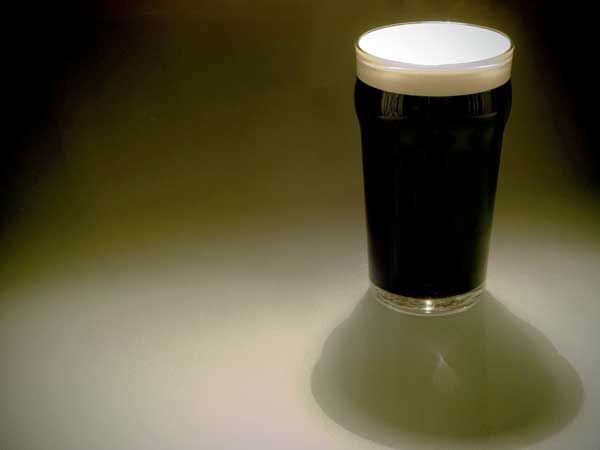Ranza, over at the tDCS SubReddit has a tDCS device and has found the perfect online resource for running tests. The Cambridge Brain Science website. One of their stated goals is:
To provide a web-based platform for the controlled assessment of cognitive function in targeted groups of individuals for the purposes of scientific investigation, including clinical and pharmaceutical trials. The Cambridge Brain Sciences platform has recently been used by a major pharmaceutical company to conduct an entirely web-based trial of a novel compound. Clinical trials involving various patient groups are also underway.
(Would like to know more about this ‘novel compound’.) And here’s an example of one of the tests.
The Odd One Out task differers from Raven’s and Cattell’s intelligence tests as the problems are generated on the fly using a complex set of algorithms. Due to this on the fly generation, and the ability of the task to generate many tens of thousands of novel problems, the task is suitable for training reasoning abilities or taking many repeated measures as the participants cannot learn the answers to specific problems by rote. Instead, they must solve a novel set of problems each time they undertake the task.
This seems to me the perfect solution for a standardized set of tests to measure our performance while using tDCS devices. What remains is some sort of methodology for setting up the electrodes. PS. I don’t own a tDCS device yet.

